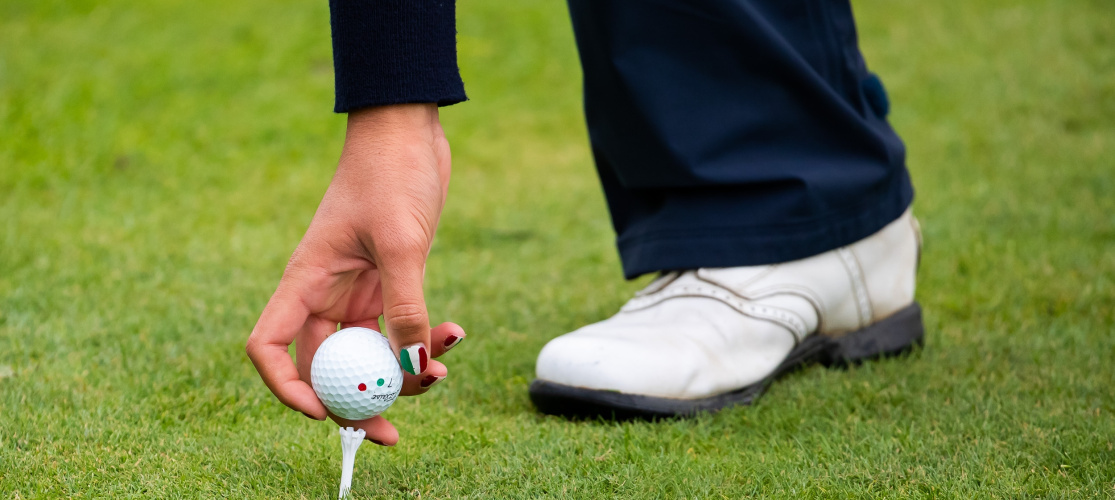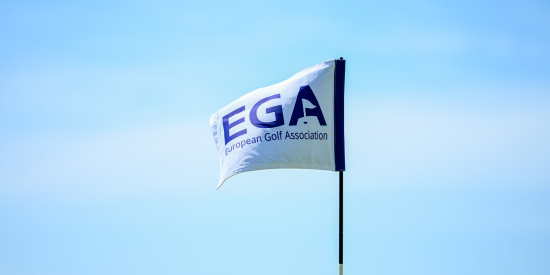
The R&A and USGA have announced the decision to update the testing conditions used for golf balls starting January 2028.
The change in the testing conditions will effectively reduce the maximum distance golf balls are allowed to travel when tested to conform to the Equipment Rules.
The decision aims to reduce the impact increased hitting distances have on golf’s long-term sustainability while minimising the impact on the recreational game.
Existing balls approved for conformance up until the start of 2028 will be allowed for use until January 2030 to give golfers, manufacturers and retailers additional time to adjust.
The longest hitters are expected to see a reduction of as much as 12-14 metres in driving distance. Average professional tour and elite male players are expected to see a reduction of 8-10 metres, with a 5-6 metre reduction for an average LET or LPGA player, and 5 metres or less for most recreational golfers.
The decision follows extensive research under the Distance Insights Project, which was launched in 2018 and gathered data, shared research and solicited feedback from various stakeholders across the sport. Under the project, the governing bodies proposed a Model Local Rule (MLR) with a similar wording earlier this year, which was aimed solely at elite-level tours and events. The MLR received pushback from various stakeholders who cited the desire to maintain a single set of rules and equipment standards for everyone playing the sport, leading to the announced 'unified' decision.
Martin Slumbers, CEO of The R&A, said, “We are convinced that this decision is one of the key ways of achieving a sustainable future for golf, protecting the integrity of the game and meeting our environmental responsibilities. The measure we are taking has been carefully considered and calibrated while maintaining the ‘one game’ ethos deemed to be so important to the golf industry. Importantly, it also keeps the impact on recreational golfers to an absolute minimum. We are acting now because we want to ensure that future generations can enjoy the unique challenge of golf as much as we do.”
The revised ball testing conditions will be as follows: 125-mph clubhead speed (equivalent to 183 mph ball speed); spin rate of 2220 rpm and launch angle of 11 degrees. The current conditions, which were established 20 years ago, are set at 120 mph (equivalent to 176 mph ball speed), 2520 rpm with a 10-degree launch angle. The revised conditions are based on analysis of data from the worldwide tours and the game over several years and are intended to ensure that the Overall Driving Standard (whose limit will remain unchanged at 317 yards with a 3-yard tolerance) continues to represent the ability of the game’s longest hitters.
A significant portion of golf ball models that are currently in the market – and more than 30 percent of all golf ball models submitted for conformance across the game – are expected to remain conforming after these changes are applied.
Data provided by the seven major worldwide tours was analysed by the governing bodies, who have published Annual Driving Distance Reports every year since 2015. The reports followed the governing bodies’ joint Conclusions from the Distance Insights Project: Implication of Hitting Distance in Golf, which shared the reasons why addressing the continuing trend of hitting distance increases and subsequent course lengthening is important for the game’s long-term sustainability.
In addition to the new ball-testing conditions, the governing bodies plan to:
• Expand the testing approach to better detect ‘Driver Creep,’ which can result in drivers exceeding the limits set out in the Equipment Rules. This is a change in the testing methodology for submitted drivers, to identify and proactively address driver models that are within current tolerance levels and have Characteristic Time (CT) values that are more likely to exceed the limit through regular use.
• Continue to monitor drivers and explore possible additional options related to distance. Specifically, we will research the forgiveness of drivers and how they perform with off-centre hits. This is an ongoing review and we will seek input from and continue to work with the industry, including manufacturers, to identify driver design features that can be regulated as a means to reward centre impact position hits versus mis-hits.
More information can be found on The R&A's website here.





